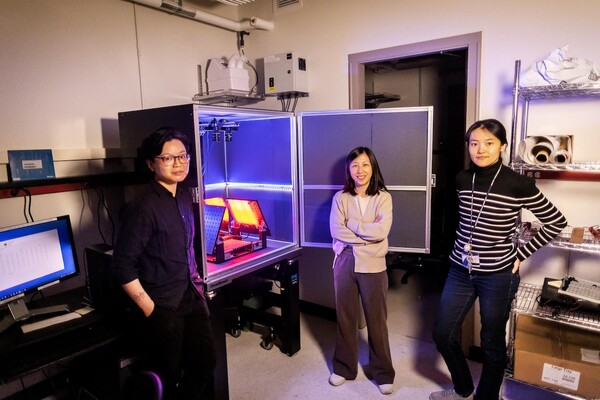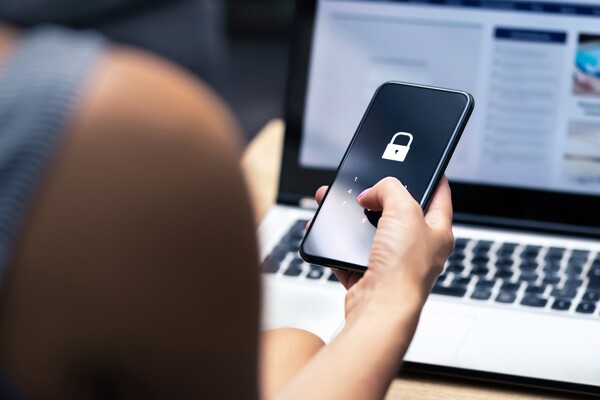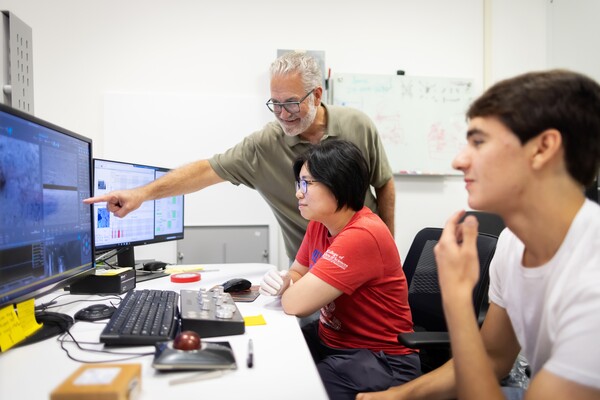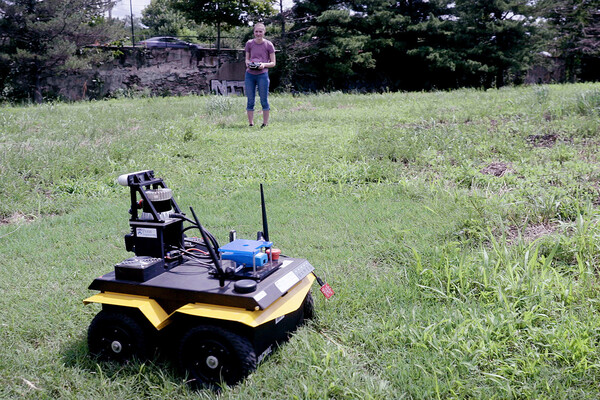
From left to right, Dawn Chen, Yun Ding, and Minhao Li.
Eric Sucar


From left to right, Dawn Chen, Yun Ding, and Minhao Li.
Eric Sucar

Shown here: A hyperlink network from English Wikipedia, with only 0.1% of articles (nodes) and their connections (edges) visualized. Seven different reader journeys through this network are highlighted in various colors. The network is organized by topic and displayed using a layout that groups related articles together.
(Image: Dale Zhou)

As part of a series on wellness resources for the Penn community, Penn Today speaks with Nick Falcone from Information Systems & Computing to better understand how they partner with campus information technology teams and others to secure and maintain the community’s cyber presence.
(Image: iStock / Tero Vesalainen)

At a Climate Week event, Penn’s Climate Solutions Showcase, a group of faculty and researchers from the School of Engineering and Applied Science and Weitzman School of Design presented innovative strategies to combat the causes and effects of climate change.
(Image: Felice Macera)

Yue Jiang (center), a Ph.D. student in Charlie Johnson’s (left) lab in the School of Arts & Sciences, has led research hinting at a new way to control sound waves at frequencies in which phones and other wireless technologies operate. These findings could lead to better signal processing and improve technologies for both classical and quantum information systems.
nocred

Image: iStock / nensuria

iStock/Bartlomiej Wroblewski

Members of the Information Systems & Computing division discuss how they partner with campus information technology teams to secure and maintain the vital systems that are becoming increasingly reliant upon.
(Image: iStock/gorodenkoff)

On Sunday, Sept. 29, Earth welcomed 2024 PT5, a “mini-moon” temporarily captured by the planet’s orbit that’s set to depart on Monday, Nov. 25.
(Image: Courtesy of NASA/JPL)

nocred